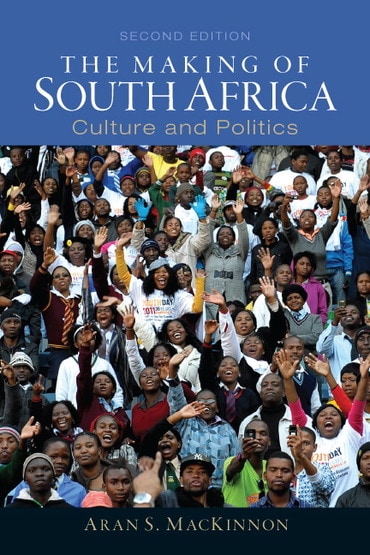Switch content of the page by the Role togglethe content would be changed according to the role

Making of South Africa, The: Culture and Politics, 2nd edition
Published by Pearson (July 26, 2012) © 2013
- Aran S. MacKinnon State University West Georgia
VitalSource eTextbook
$49.99
ISBN-13: 9780205946471
Making of South Africa, The: Culture and Politics
Published 2012
Paperback
$74.66
Price Reduced From: $93.32
ISBN-13: 9780205795499
Making of South Africa, The: Culture and Politics
Published 2012
Need help? Get in touch